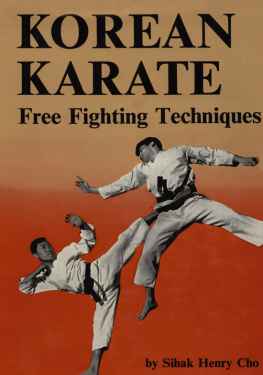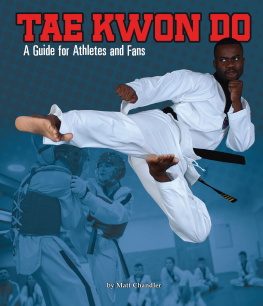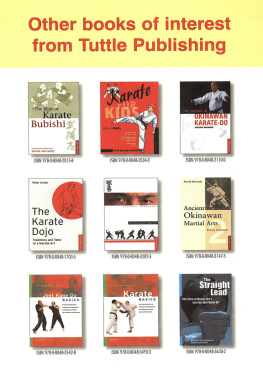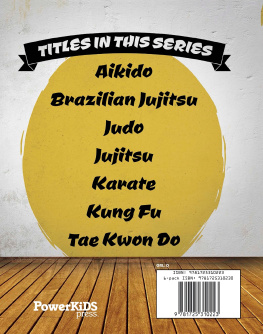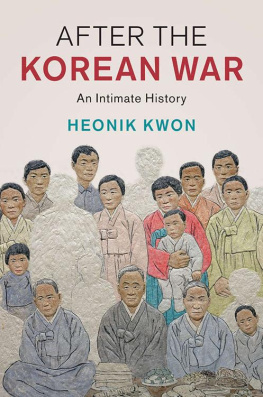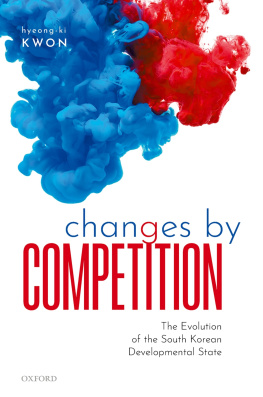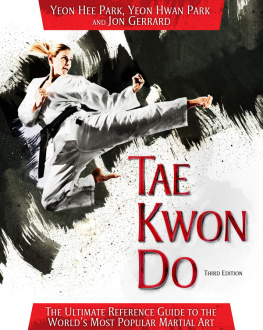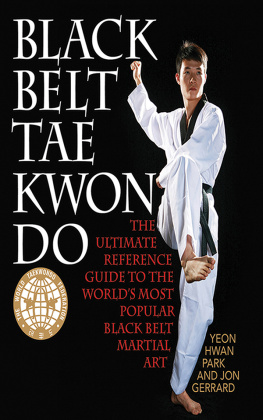Historical Background
THE ORIGIN of karate as a simple form of self-defense is somewhat obscure, because ever since the beginning of mankind there have no doubt always been some forms of fighting techniques. Many, however, agree that karate as a martial art had its earliest beginnings in India thousands of years ago, where it reached a high stage of development. Indian folklore, history, dance, and drama make much of individual warriors, princes, and gods who accomplished mighty battlefield feats with their bare hands. Karate forms can also be seen in many works of art and particularly in temple sculptures which show warriors in positions similar to those of karate today.
Karate as a true martial art form was brought to China about 1500 years ago by the Indian Buddhist monk, Bodhidharma (Daruma), and it was studied with the emphasis on mental and physical development. Bodhidharma taught karate to the Chinese monks at the monastery of Shaolin-ssu whose residents later became famous as the foremost champions of fighting techniques throughout China. Undoubtedly, karate must have been accepted as a formal activity among the religious people and, furthermore, was widely developed among many other people at the time. It was the first time in its history that karate received notice, and its distinctive purpose was for self-defense and as an aid in enlightening the mind.
As time passed and karate became known as a lethal weapon, karate techniques began to be applied for offensive purposes in national wars or in internal conflicts caused by political upheaval. Many karate students traveled throughout northern and southern China, and trained military groups of many organized societies in the martial arts. A formal karate-training school for the furtherance of military training in this original art was thus established. These societies were the prime force in the Boxer Rebellion, and most of them are still in existence. In this tradition, karate masters commanded unarmed villages capable of applying karate techniques for offensive purposes in local conflicts and to meet the national crisis of war.
Once karate techniques were applied to war, as is to be expected, they were quickly adopted by many neighboring countries for both offensive and defensive purposes. Many countries, which had had their own fighting forms, accepted the scientifically developed karate movements, giving their own natural toughness to it, changing the techniques in the way best suited to their own national character. For a long period of time from then on, karate was developed in many places by many different authorities under many different philosophies and ideologies.
Characteristically, karate techniques were mainly applied for defensive purposes, as can be seen throughout its history. Karate, with its scientific body movements, came to be known as a lethal weapon which could be used against abusive laws; therefore, it was not welcomed by the rulers of the country and was developed secretly in many different geographical regions, from which came the different karate styles seen today. At this time, the major purpose of karate training was defense against injustice; the trainees' imaginary opponents were the thieves and bandits who used weapons against the common people who were forbidden by law to possess them.
"Okinawa-te" is one of those karate styles which developed historically and emerged as a distinct style. Karate was introduced to Okinawa by 17th-century Chinese warriors and missionaries and was superimposed on the original Okinawan-fighting system. The prime concern of the people was that karate techniques enabled them to protect themselves without the prohibited weapons, when the law itself was not strong enough or not sufficiently enforced to protect the rights of their families and themselves.
Through arduous study and by natural evolution, modern-day karate began to develop by the turn of the 20th century. It is basically rooted in its original techniques, but the enormous support of the people of many countries such as Japan, Okinawa, China, and Korea gave the impetus for the creation of a world-wide karate. Many different styles of karate are seen in modern times, but the philosophy of modern karate, embodying control, discipline, concentration of body and mind, sincerity and understanding is common to all styles. Under the leadership of many karate masters, such as Master Gichin Funakoshi who is directly responsible for the recent introduction of Okinawan karate into Japan, modern karate has been developed, giving rise to many professional karate practitioners all over the world.
Tae-Kwon Do,
the Korean Karate
KOREAN karate (tae-kwon do) can be traced to tae kyun, a form of kicking- and leg-maneuvering exercise long a part of Korean history. Some authorities have stated that tae kyun was taught and practiced among Hwarang-do over 1000 years ago. Hwarang-do was organized as a national group of outstanding youths who were hand picked for training in swordsmanship and archery, and also to study to become military leaders of the country of Silla which was then one of the three ruling countries of Korea until all three were later unified by Silla in the 7th century.
It is assumed that tae kyun was practiced as part of the daily curriculum by the Hwarang-do, who lived deep in the mountains or near waterfalls enjoying the surroundings of nature, their daily life isolated from the confusion characteristic of the disorganized human society of that time. Initially, to those who were planning to be professional soldiers, ruling officials or leaders of the people, tae kyun was merely a form of bodily training and physical conditioning. As time passed, however, tae kyun is believed to have been influenced by karate which must have been introduced from the neighboring country of China. Before and after the powerful Tang (Kara) period of China, karate is assumed to have spread out into many countries throughout Asia along with the cultural exchange of Buddhism and other philosophies.
Tae kyun, which was not primarily based on the Buddhist doctrine, did not have national support during the period of the Koryu Kingdom of Korea ( a.d . 918 to 1392). Koryu, which experienced a flowering Buddhist culture, became widely known throughout the world as Korea, which was derived from the pronunciation of Koryu. The reign of the Yi dynasty which followed the Koryu dynasty was unfortunately characterized by national chaos and social confusion which lasted for over 500 years until the beginning of the 20th century. The replacement of Buddhism by Confucianism at that time resulted in power struggles and ideological confusion. During this period, it is believed that tae kyun was practiced by a small select group who did not share their expertise with the people at large. The modern karate of Korea, with very little influence from tae kyun, was born with the turn of the 20th century when it was imported directly from China and also from Okinawa through Japan.
Tae-Kwon Do,
and Japanese Karate


